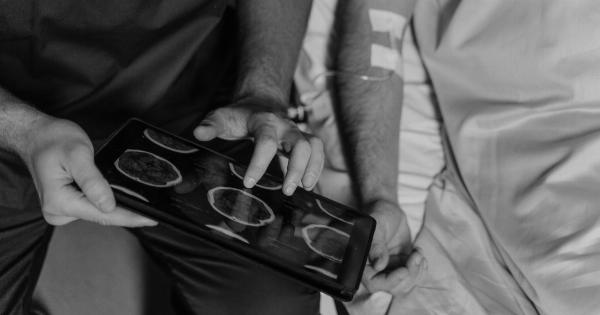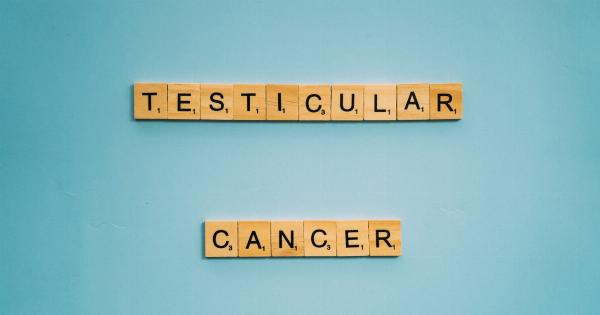Testicular cancer is one of the most common types of cancer in men between the ages of 15 and 35. However, due to advancements in diagnostic and treatment options, the overall survival rate for testicular cancer is high.
One of the significant contributors to this achievement is the introduction of combination therapy.
What is Combination Therapy?
Combination therapy, as the name suggests, is a type of treatment where two or more treatments are combined to achieve better results.
In the case of cancer treatment, combination therapy is becoming a game-changer as it targets the cancer cells in different ways, reducing the chances of the cancer cells developing resistance to the treatment.
Types of Combination Therapy for Testicular Cancer
There are two types of combination therapy for testicular cancer: chemotherapy and surgery. Chemotherapy is the use of drugs to destroy cancer cells, while surgery involves the removal of the cancerous testicle.
The most commonly used combination therapy for testicular cancer is surgery followed by chemotherapy.
Surgery Followed by Chemotherapy
After the diagnosis of testicular cancer, the most prevalent form of treatment is surgery where the testicle with the cancerous cells is removed. This surgical procedure is called a radical orchiectomy.
After the surgery, the patient is treated with chemotherapy to kill any remaining cancerous cells that may have spread to other parts of the body.
Chemotherapy Before Surgery
In some cases, chemotherapy is administered before surgery to shrink the tumor size. This is known as neoadjuvant chemotherapy. The primary benefit of this type of combination therapy is that it makes the surgery easier and less complicated.
It also allows the cancerous cells to be tested for chemosensitivity before proceeding with the subsequent treatment.
Surgery and Radiation Therapy
Some types of testicular cancer can be treated with surgery and radiation therapy. Radiation therapy uses high-energy radiation beams to destroy cancerous cells.
Combination therapy with surgery and radiation therapy is typically used when the cancer has not spread beyond the testicle.
Benefits of Combination Therapy
Combination therapy has several benefits when treating testicular cancer. Firstly, it reduces the chance of the tumor becoming resistant to the treatment.
When cancer cells are exposed to a single treatment type for a long time, they can develop resistance to it, making it less effective. Combination therapy reduces the chances of resistance developing by targeting the cancer cells in multiple ways.
Secondly, combination therapy has been shown to be more effective than using a single treatment type. By combining two or more treatments, they complement each other, leading to better results.
Side Effects of Combination Therapy
While combination therapy for testicular cancer has several benefits, it also has some side effects. Chemotherapy, for instance, has side effects such as nausea, hair loss, and fatigue.
Radiation therapy can cause skin changes, fatigue, and fertility problems. Side effects vary depending on the treatment type, the dosage, and the individual patient’s tolerance to the treatment.
Conclusion
Combination therapy is an innovative way to treat testicular cancer. It has proven to be more effective than using a single treatment type, reducing the chances of the tumor developing resistance to the treatment.
While combination therapy can have some side effects, its benefits make it a crucial treatment option for patients diagnosed with testicular cancer.



























